Nzenzo Caves – Uíge’s best kept jewel
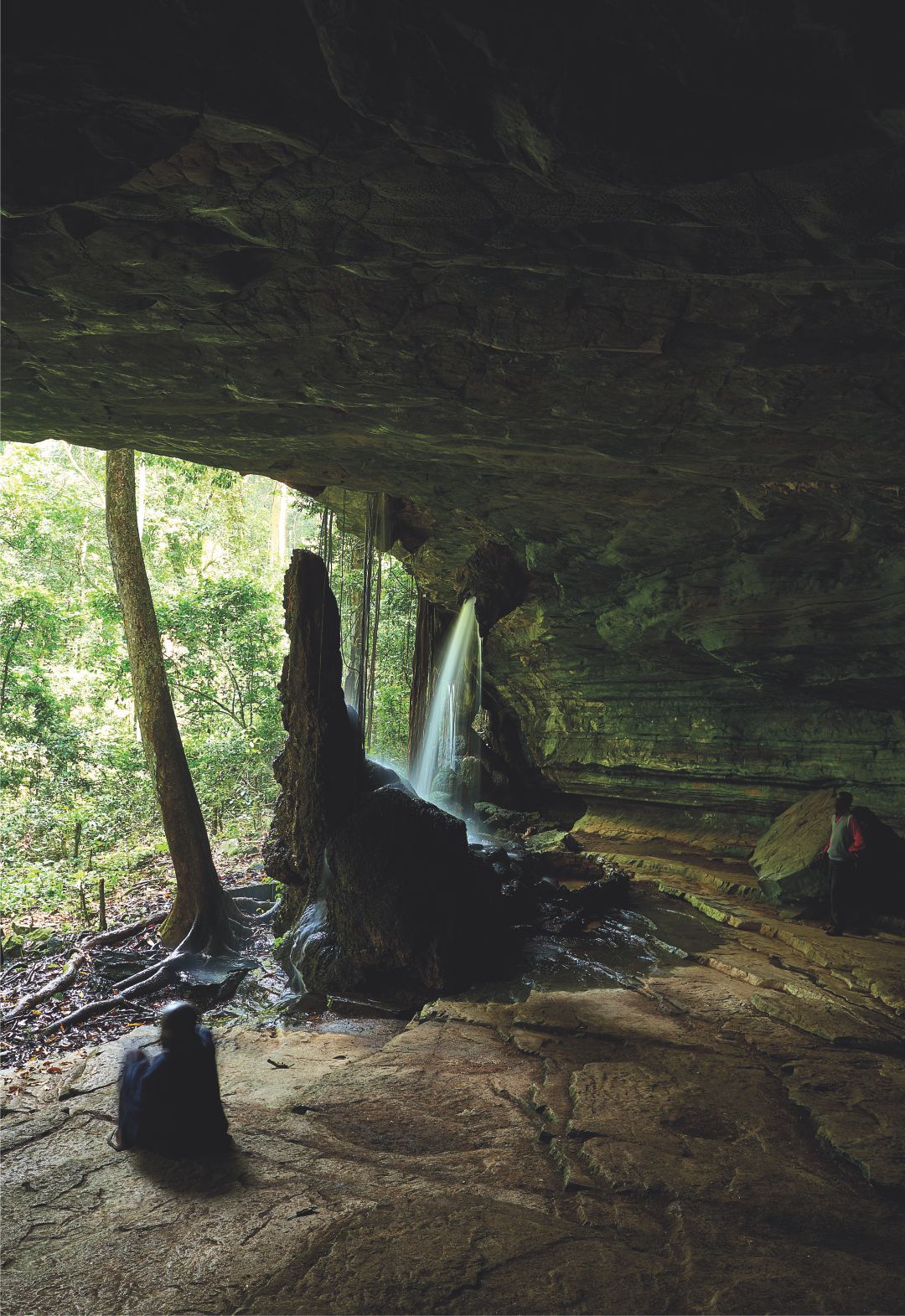
As we drive away from Luanda and progress along National Road 120 towards Uíge, we are enveloped by a thousand and one shades of green, from the darkest and gloomiest to the most fluorescent and joyful. As the altitude rises, the forest becomes so dense that the road almost becomes a tunnel, opened here and there by clearings that allow us to glimpse a horizon of hills and mountains that follow one another, painted with the green that will accompany us during the entire visit to these lands furrowed by rivers that guarantee their fertility. A wealth that once translated into extraordinary coffee harvests that earned them the title of “land of the red berry”.
Located in a territory integrated for centuries in the great Kingdom of Congo, whose headquarters was Mbanza Congo, Uige existed in relative isolation thanks to the forest that made it almost inaccessible. Therefore, it did not get the attention of the colonizers until the mid-seventeenth century. From that time on, and despite the opposition of the local inhabitants, the Portuguese presence began to intensify, especially in the late nineteenth century, when the Berlin Conference (1884-1885) forced the division of the kingdom by several colonial powers and the occupation of their territories by the invaders. It was during the colonial occupation that the coffee plantations, which would turn the region into the largest producer in the country, were established in the city of Carmona – named in 1955 after the former president of the Portuguese republic Óscar Carmona. Those plantations would be at the center of the people’s revolt against forced and contract labor, following several episodes of resistance carried out by communities with a well-defined cultural identity.
Adversiting
We embark on the adventure with the intention of discovering the natural beauty of the province, its most seductive corners, hidden among vegetation that seems to want to protect them forever from anything that might disturb the tranquility in which they have always existed.
The first discovery occurs on the way to the city of Uíge, where we see some of the mysterious sceneries that make this province fascinating. The first stop is scheduled for the commune of Aldeia Viçosa, in Quitexe. There we find the detour to the Lagoa do Feitiço (Witchcraft Lagoon), formerly known as Ujia Ya Mbuila, a protected place that can only be visited with the permission of the traditional authorities, who must be contacted in the Dambi à Ngola village to perform the rituals that are said to have the power to calm the spirit of the mermaids that live there in total tranquility. The same tranquility they grant to visitors who are mesmerized by their dwelling.
But the most spectacular jewel of the province, the one that took us there, is hidden further north, and to find it you have to ask your way around, travelling through asphalt, dirt and tracks. Near the mountains known as the Pedras do Bombo (Bombo Rocks) we find the village with the same name, the closest to the Nzenzo Caves, one of the Seven Natural Wonders of Angola. We can visit the caves after notifying the municipal authorities, who, in turn, ask the traditional authorities in the Bombo village to allow travelers to the site. At the entrance to the caves, the traditional authorities must follow a strict ritual, full of mysticism. In this almost magical atmosphere, we can then begin the walk to these rock shelters, also protected by dense vegetation. In the distance, an uninterrupted sound announces a waterfall. We cross a small wooden bridge and descend a steep slope. Through the shadows the doors of the Nzenzo Caves finally open, a rare sight. Fresh water pours incessantly from a crevice in the ceiling of the caves, which are therefore called Ntadi dya Nzenzo, or Tap Stone, in the local language. The locals say that no river or stream passes nearby, there are no lakes or ponds, but the water always flows, non-stop, all year round and in the same way. The silence, except for the sound of water, is almost absolute. The humidity and the smell of wet wood envelop us. As do the shadows that help transform this visit into a mystical moment.
An object of immense pride for the local people, who are also subjected to the ritual that appeases the Gods and allows a visit without risk, the Nzenzo cave has been an ally of the populations in more difficult times. It is here that many have sought refuge in times of war, “disappearing” from the sight of their enemies and sleeping safely in its immense gallery. It is from here that they continue to receive the fresh and pure water that springs from the mysterious rock, its greatest wealth, as highlighted by journalist and writer Luís Fernando, the champion of this attraction during the election of the Seven Natural Wonders of Angola.
In a “state of grace” we return to the city of Uíge, our base during this expedition. We stroll through the typical colonial layout of its urban center with buildings that testify to the progress experienced in the city in the 1960s/70s. We see the ‘4 de Janeiro’ Stadium and recall Uige’s passion for soccer, from the times when the heroes of the Futebol Clube do Uíge shined on the national sporting scene. We pass by the headquarters of the Kimpa Vita University and realize that the future is also being contemplated in this province that has two other higher education institutions, the Science of Education Institute and the Private Polytechnic Institute.
From the highest points in the city, such as the belvedere at the Rádio Uíge building’s square, we have a view of the extension of the city, which spreads out to the neighboring hills. From there, we catch a glimpse of other wonders to be discovered. The magical Songo and Mufututu lakes, the Loge Valley, the Alto do Cauale hills, or the Caca Luidi waterfalls. The fantastic Encoge Rocks, a series of gigantic rocks, reminiscent of tall lined buildings, which, legend has it, were once used by lions to hide. Nearby, the Church and the Fort of São José, built by the Portuguese in the 18th century, of which only ruins remain, lost among the vegetation, share the shade of the huge rocks with the imaginary lions. We imagine the ruins of the Maquela Fort or the graves of the Mekabango Elder or the Great King Mbianda-Ngunga, warriors of resistance to the occupation. We regret the lack of time that prevents us from visiting the Ethnographic Museum of Kongo, but also the Evangelical Mission of Kikaia, the Monuments of the Battle of Ambuila, and the old, abandoned coffee plantations that decorate the landscape. We promise to return to discover the city of Negage, a legacy of the era of the great coffee harvests, and to tour the facilities of its former Air Base No. 3 Aerodrome, inaugurated in 1961 and transformed into the National Military Aviation Middle School after Independence: to observe the intriguing Kissadi and Kabala rock paintings, kept secret until the 1960s, when their existence was revealed to the world, but which remain to this day undeciphered; or to immerse ourselves in the Béu Forest Reserve, which the forest makes almost impenetrable and where elephants, buffalo, antelope and blue monkeys live, we are told.
More than enough arguments for us to immediately start planning a return to the enchanted lands of Uíge, even before our departure,.

The origin of the province’s name is lost in memory: some suggest it is due to the name of a stream that flows in the Uíge mountain range; others says that it derives from the Portuguese’s badly pronounced response to “Uiza”, a Kikongo word used by the Bakongo people to wish them a warm welcome.

In Uíge you can find a wide range of hotels, and choose from units such as the Hotel Bago Vermelho (+244 944 411 164, the Cuílo River Hotel (+244 923 157 440), the Hotel Salala (+244 948 711 399 or contacto@hotelsalala.) or the Complexo Hoteleiro Pinguim (+244 : 934 584 644). Further away from the urban center, the Mawete Complex, about 10 kms from town, is another option (+244 948 383 331 or +244 923 379 025). In Negage, you have Hotel Pamplona (+244 : 941 428 884) waiting for you.

A new route between the capital and Uige is expected to open soon. The new Dash 4-800 will land at Manuel Quarta Mpunza Airport, which pays tribute to the guerrilla fighter, politician and diplomat who was born in the province and held several positions there. To make the most of your trip you can hire the services of a travel agency in advance.
Edição 85 NOV/DEZ| Download.
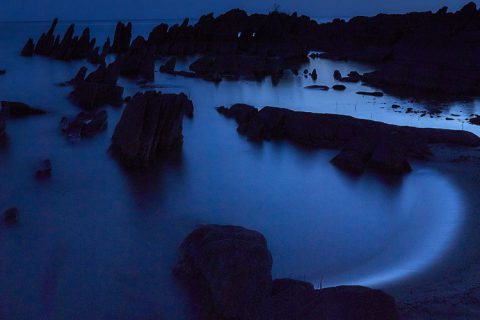
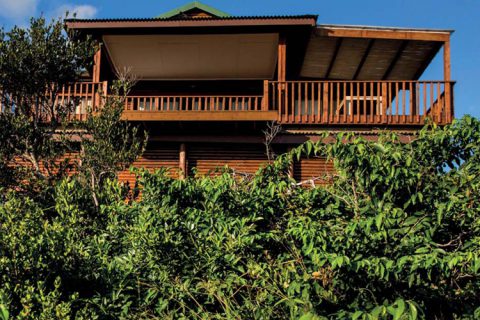


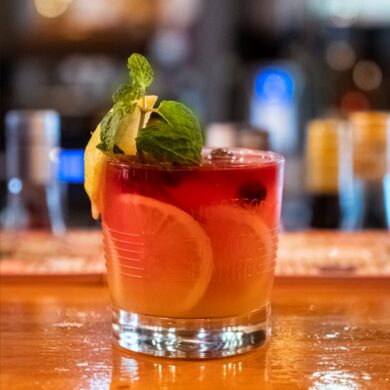
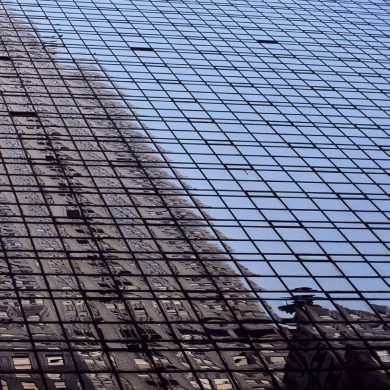
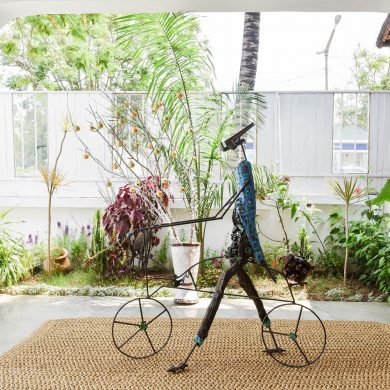
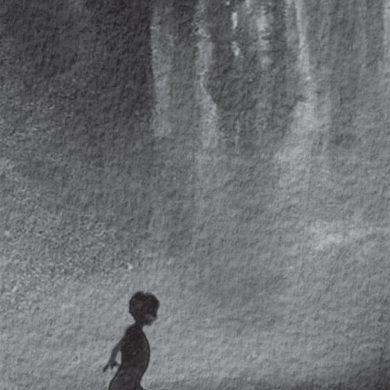
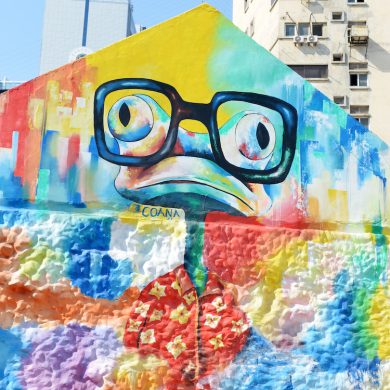

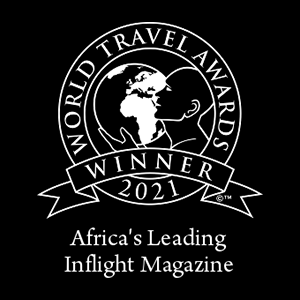








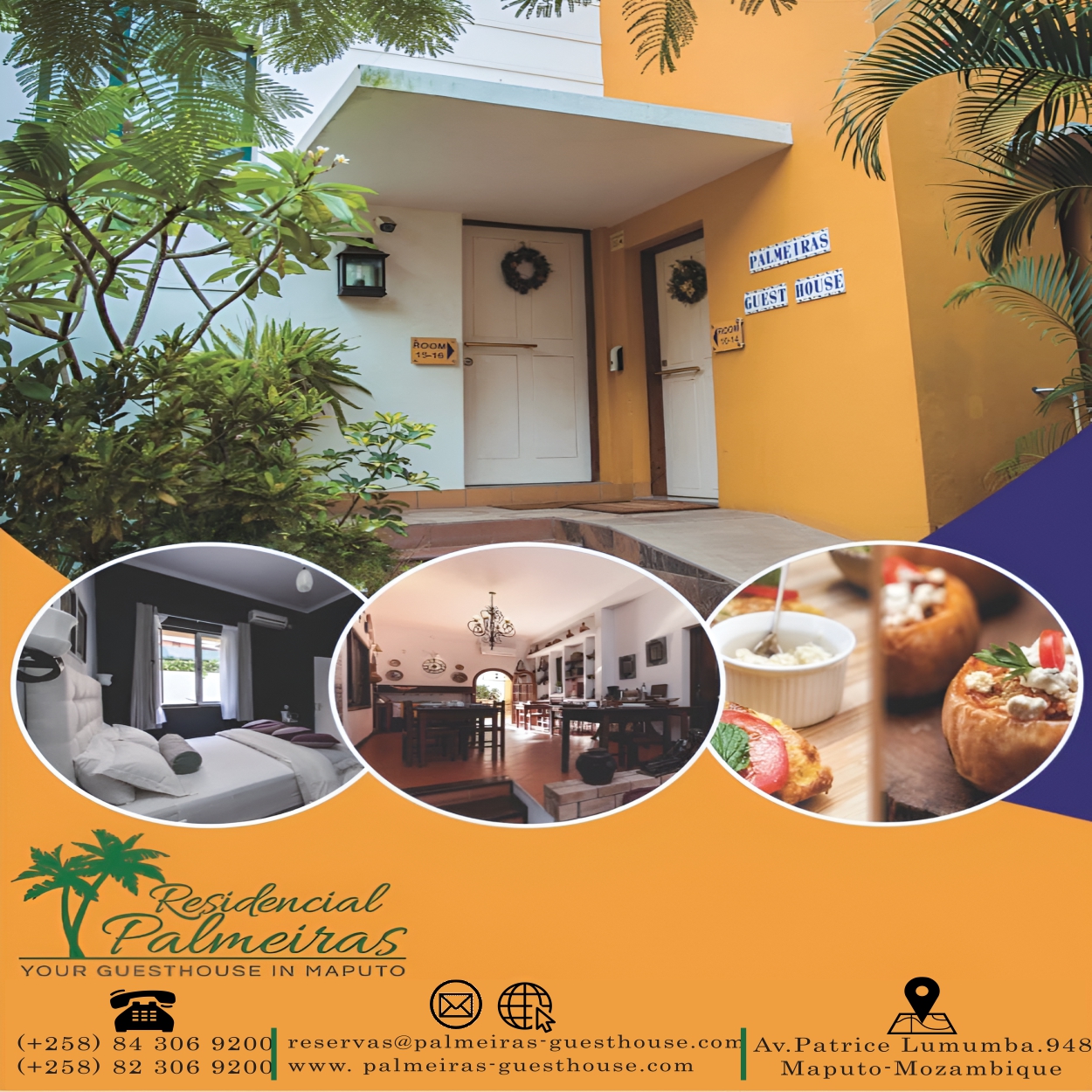
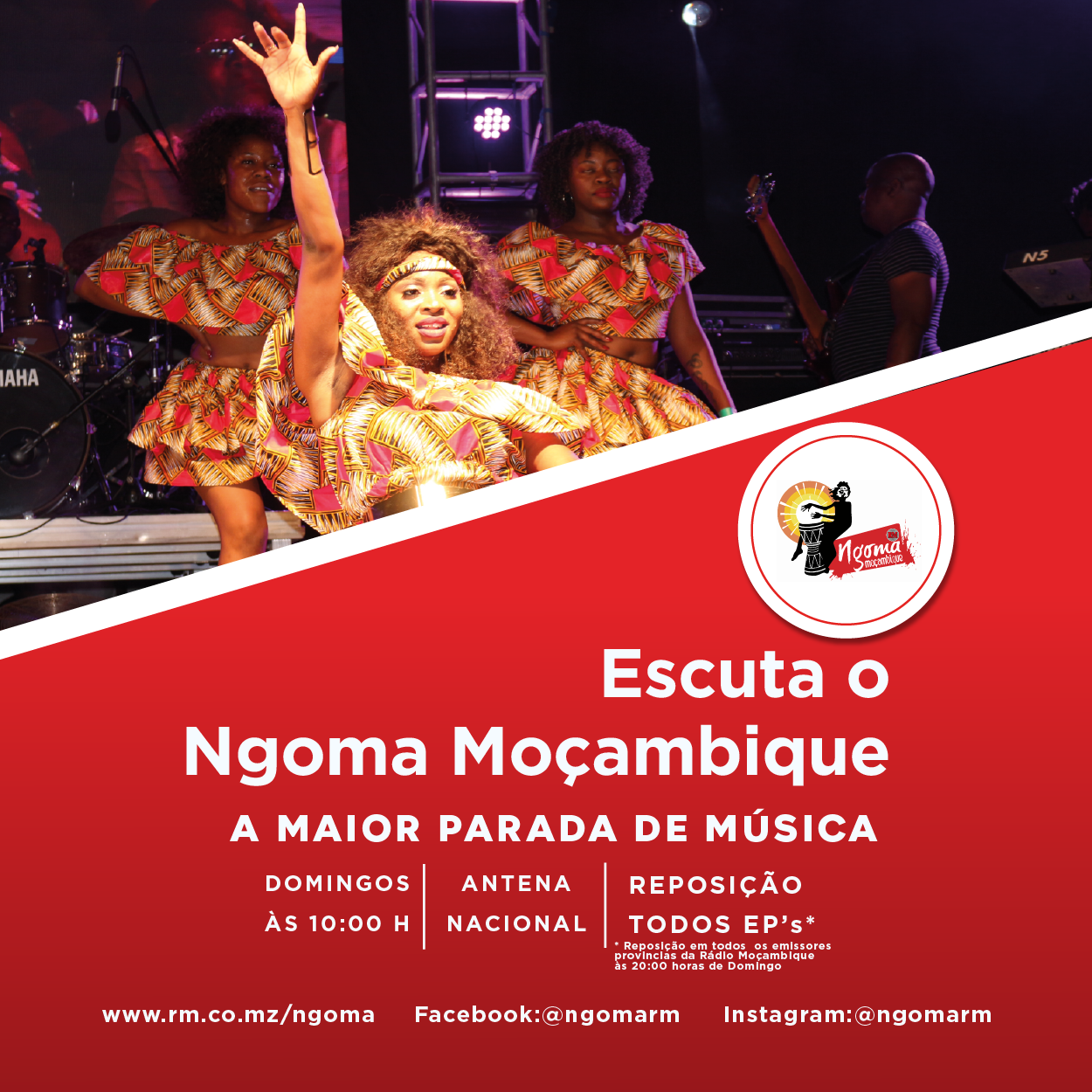
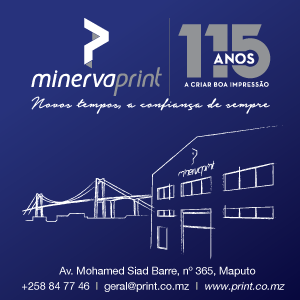





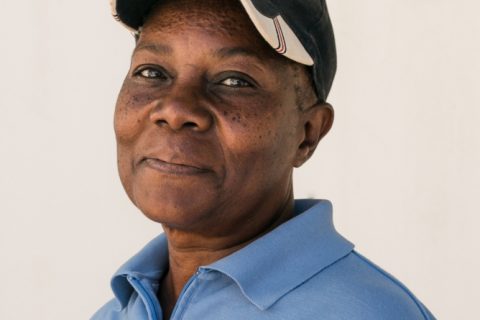
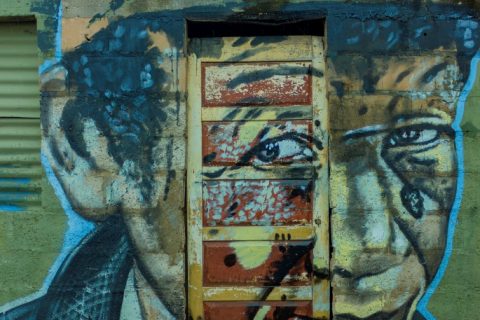

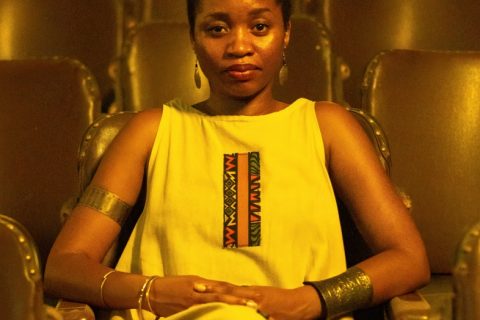
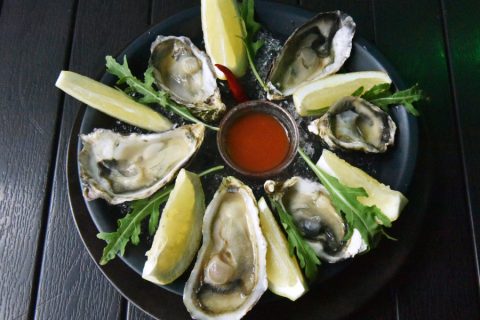
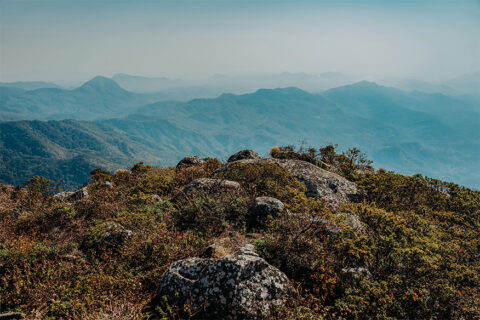


0 Comments